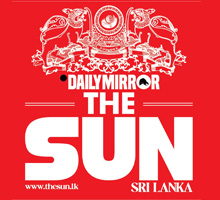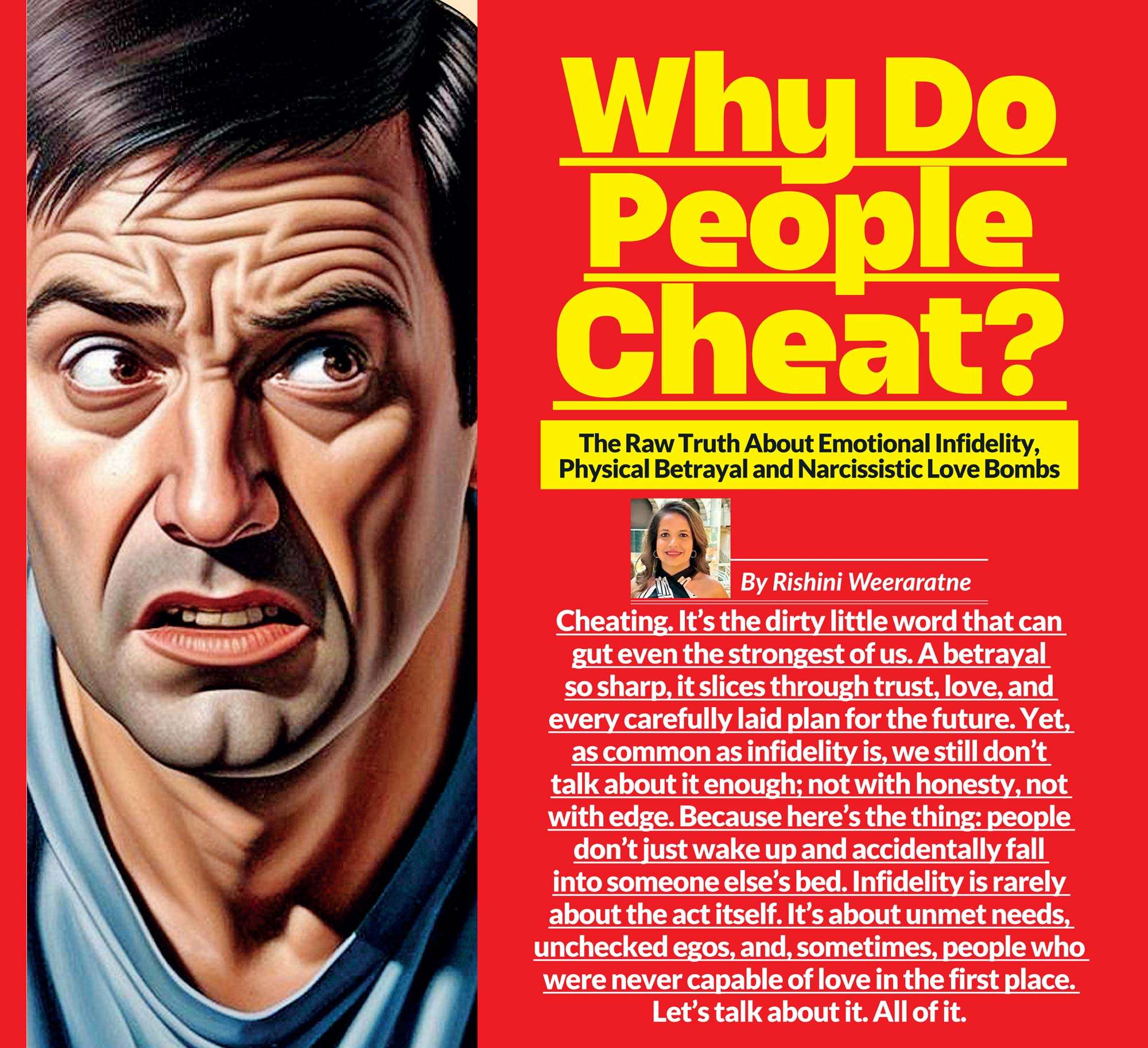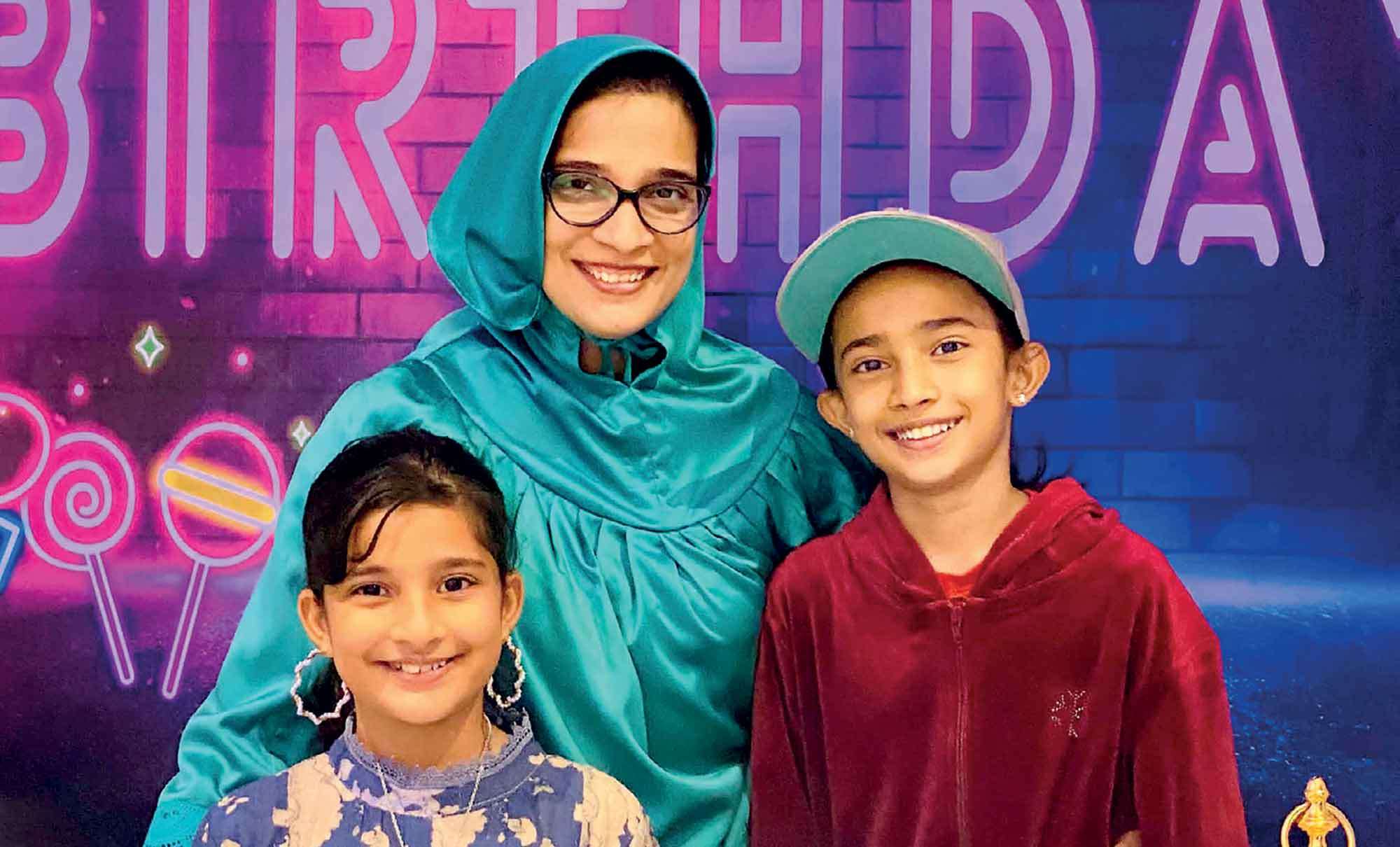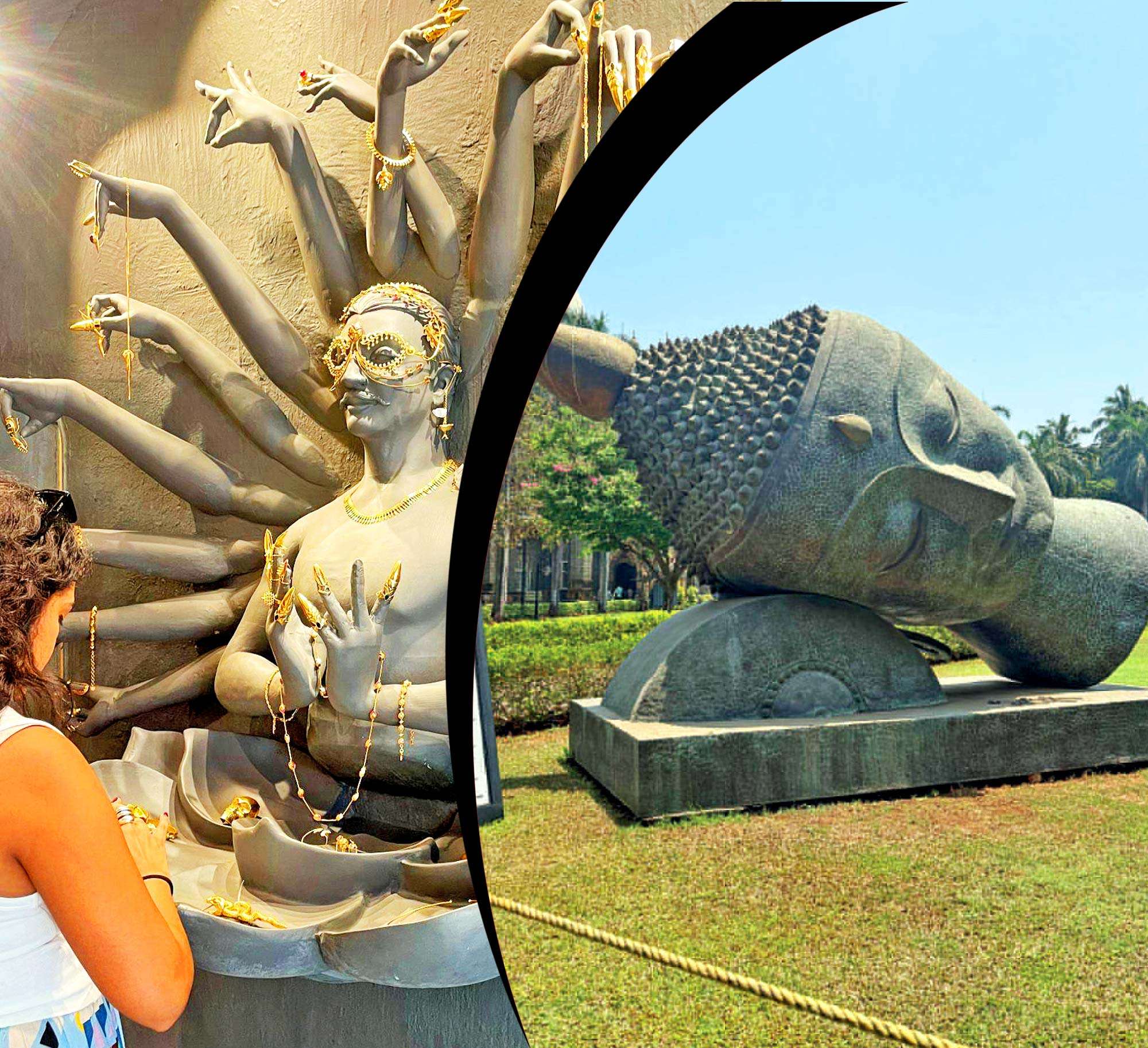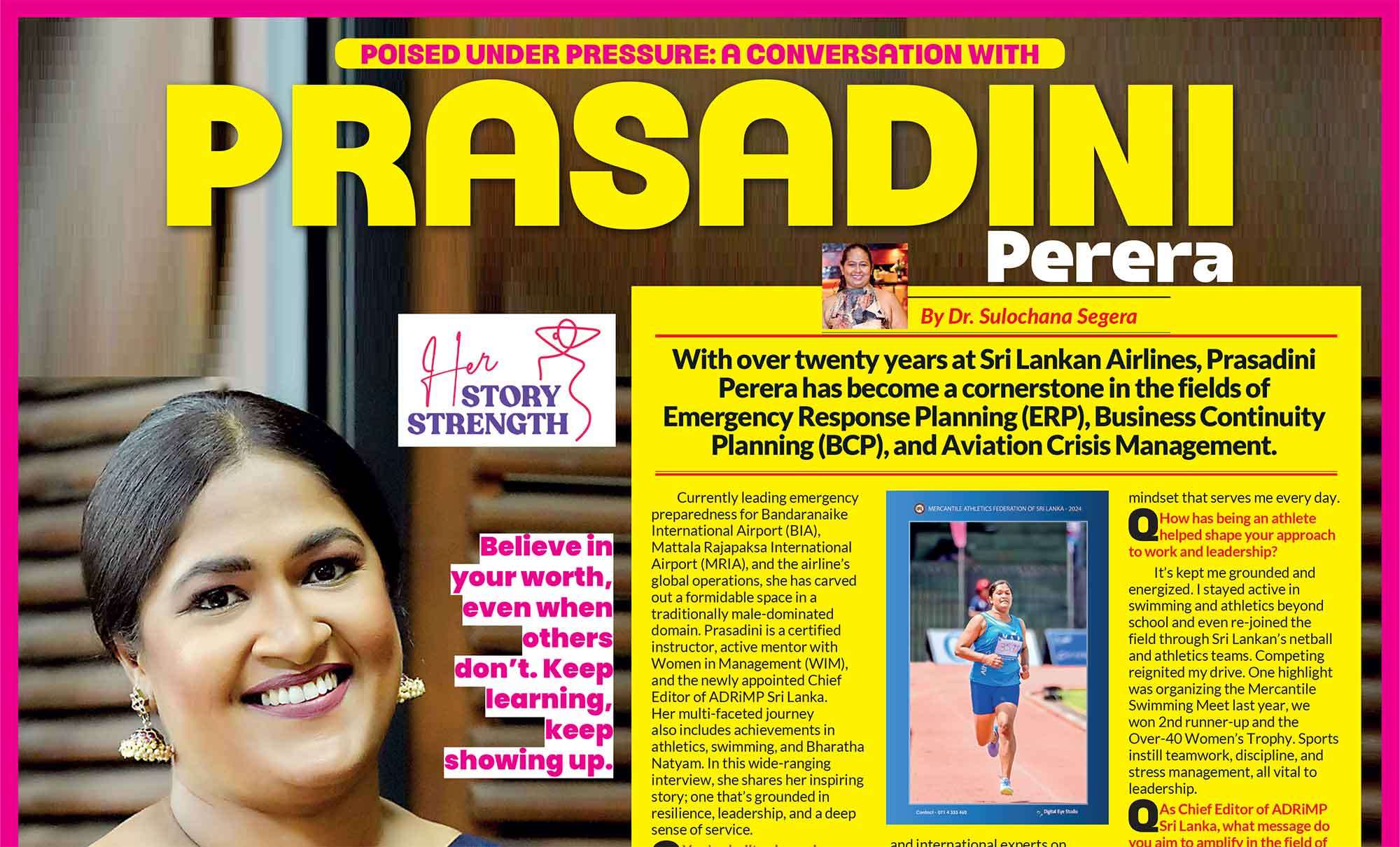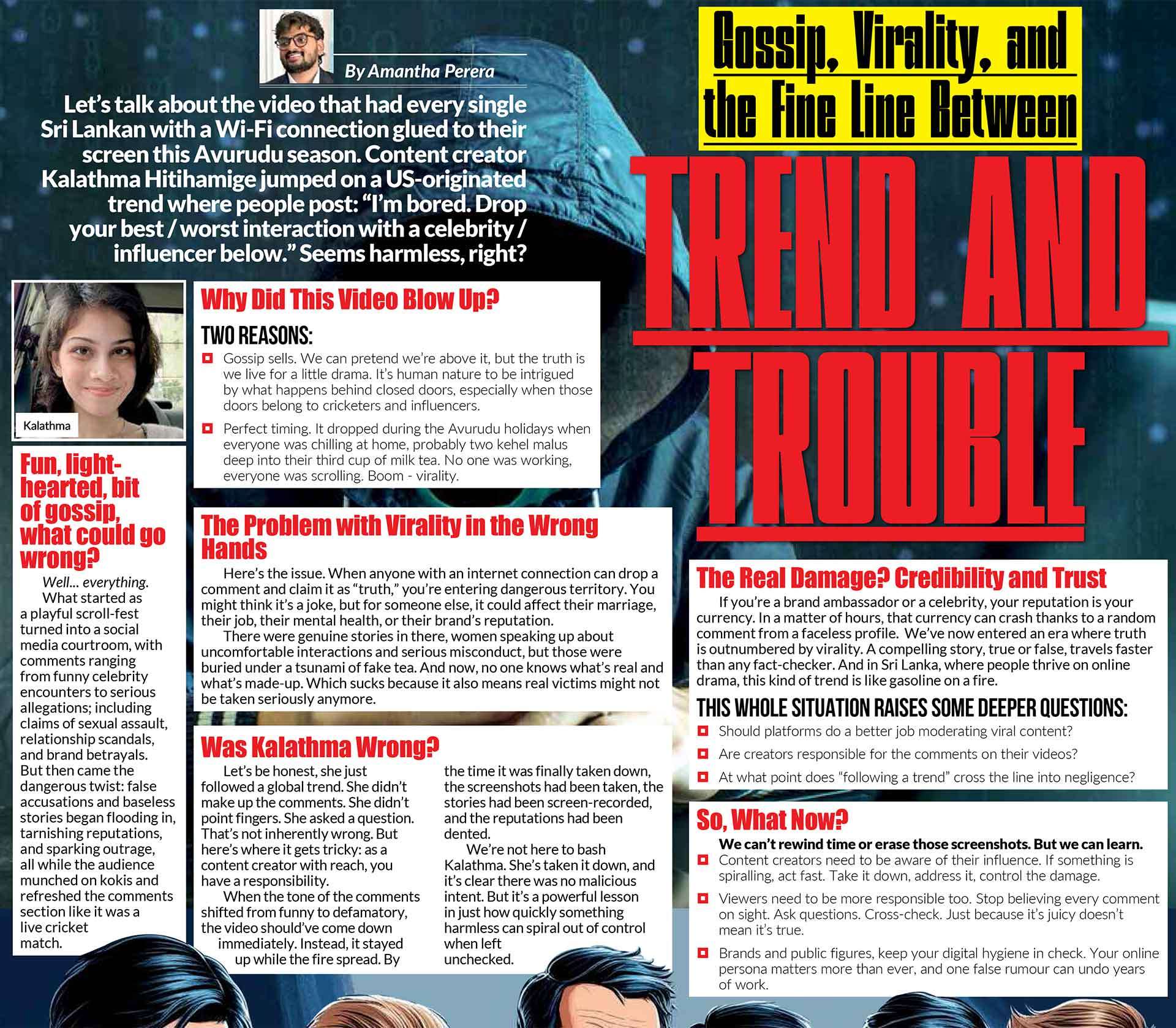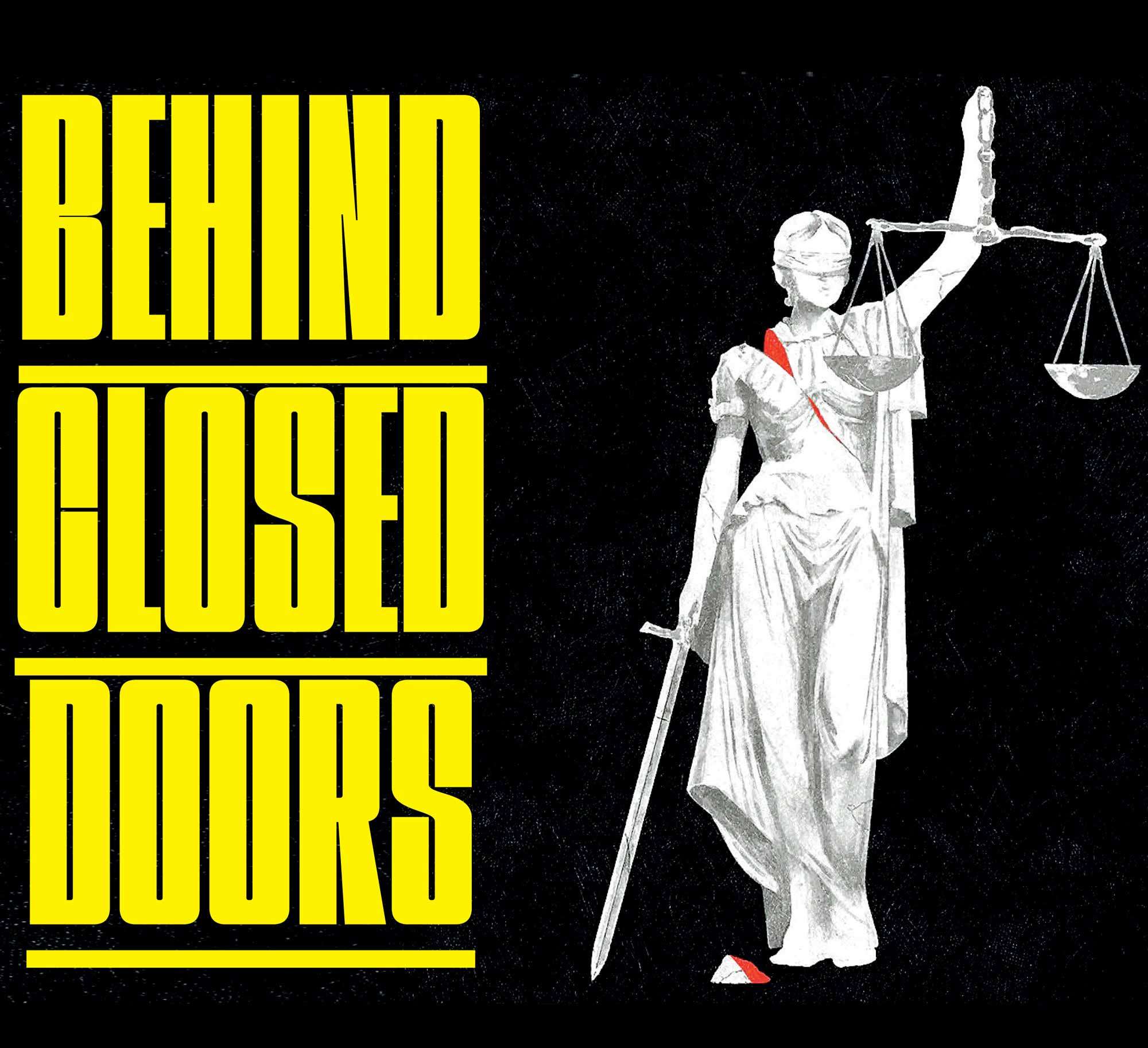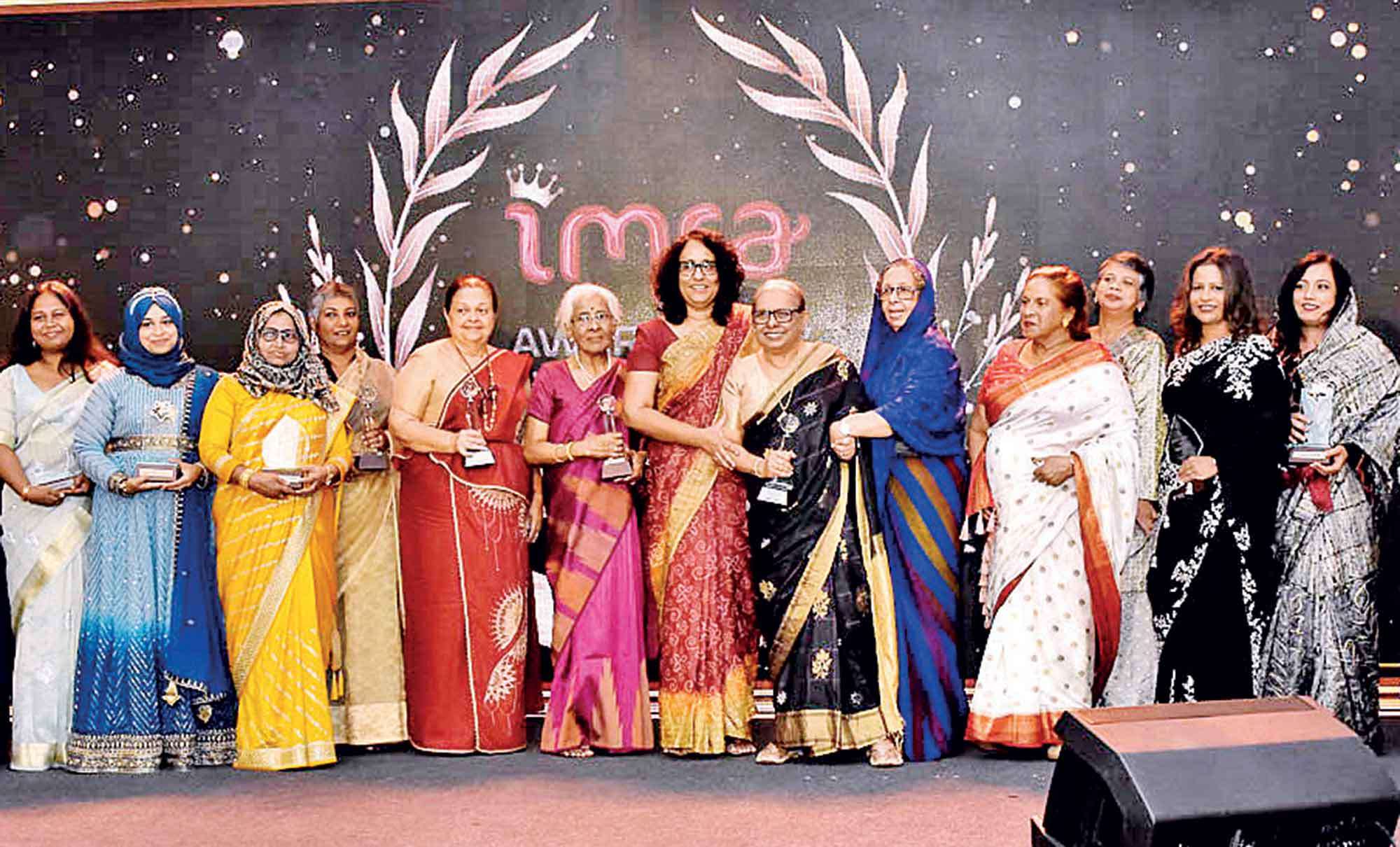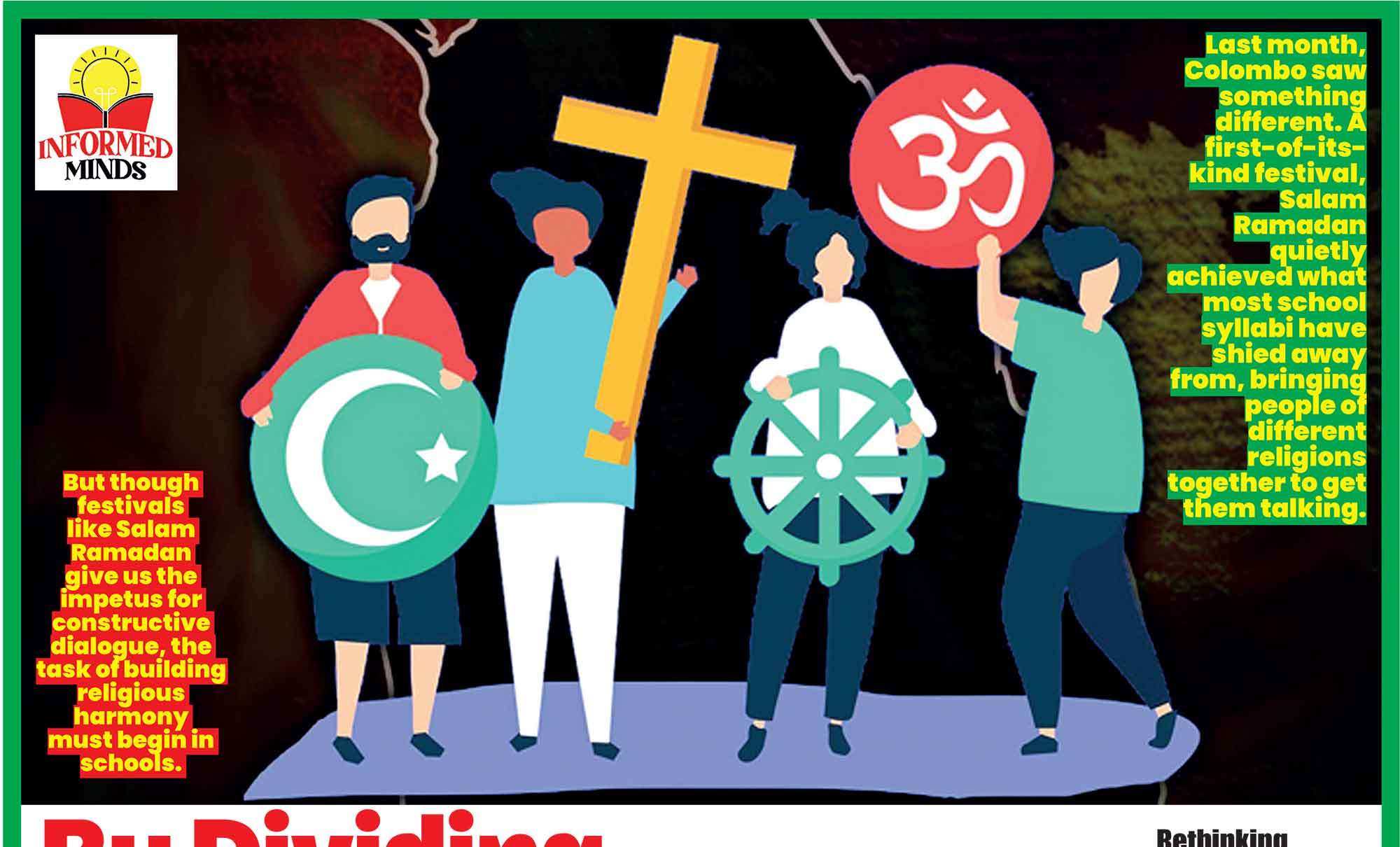To me, a cinematic visual is one that tells a story, not just through dialogue or plot, but through every detail in the frame. It’s about intention.
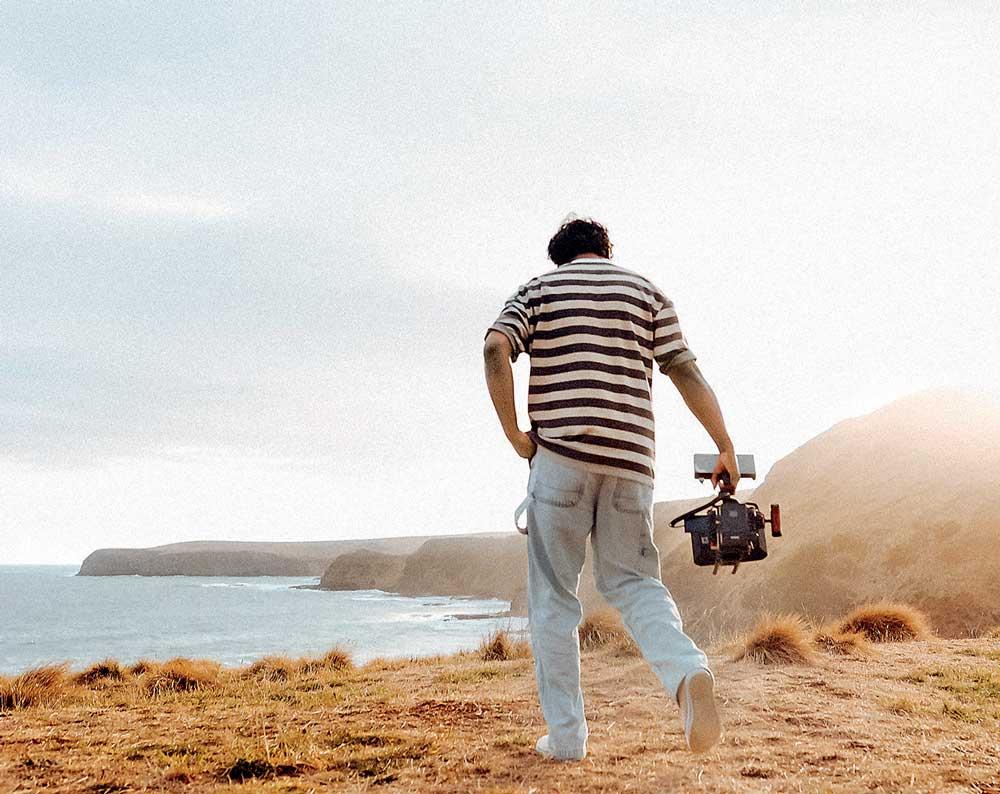
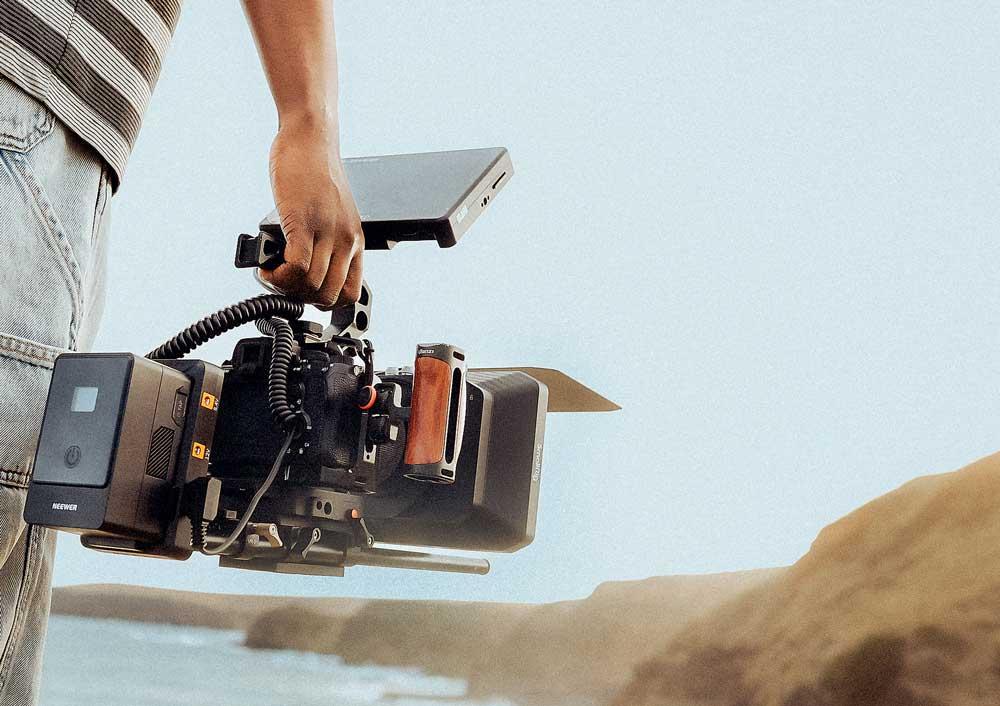
- Praveen Gallage isn’t just another name in the world of film, he’s a storyteller with vision, passion, and an evolving cinematic style shaped by experience, education, and an insatiable curiosity. As he continues to blur the lines between commercial work and artistic expression, Praveen’s journey is one to watch; frame by frame, story by story.
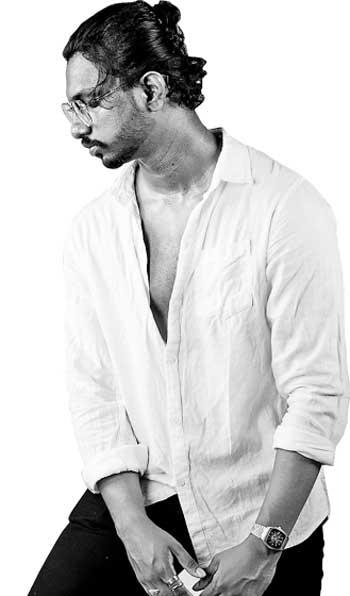 Meet Praveen Gallage, a talented filmmaker and cinematographer currently based in Australia, whose creative lens is bringing stories to life one frame at a time. From brand campaigns to artistic collaborations and event coverage, Praveen approaches every project with a distinct visual style that blends emotion, storytelling, and cinematic finesse.
Meet Praveen Gallage, a talented filmmaker and cinematographer currently based in Australia, whose creative lens is bringing stories to life one frame at a time. From brand campaigns to artistic collaborations and event coverage, Praveen approaches every project with a distinct visual style that blends emotion, storytelling, and cinematic finesse.
Currently pursuing his Master’s in Media at RMIT University, Australia, he’s expanding both his technical expertise and creative storytelling. What sets Praveen apart is his deep respect for the emotional power of visuals and his passion for crafting narratives that resonate across cultures. Whether he’s shooting with FPV drones or handheld camera rigs, his work reflects a commitment to authenticity and innovation. In this conversation, we delve into Praveen’s personal journey, his experiences in Australia, and the philosophies behind his captivating work, gaining insight into the mind of a filmmaker determined to leave his mark on the global cinematic stage.
Q: What’s your approach when creating content for different audiences — from brands to artists and events?
It all starts with understanding. Every project has its own heartbeat, a brand’s identity, an artist’s soul, or an event’s energy. For brands, I study their voice and values so that I can align my visuals with their message. I use composition, lighting, and movement to elevate their story while keeping my signature style intact. With artists, it becomes more intimate. I dive into their personal narratives and help translate those into meaningful visuals that are true to their journey. It’s about crafting content that doesn’t just look good but feels right. Events are about capturing energy, the laughter, the moments, the crowd.
I try to distill the vibe and turn it into a visual memory. Across all of these, my goal is to maintain a cinematic style while making sure the essence of the project shines through.
Q: How do you balance artistic expression with the objectives of commercial clients?
It’s definitel dance between creative freedom and practical goals. I begin by fully understanding what the client wants to achieve, their message, their audience, their purpose. Once I’m clear on that, I find ways to bring in my visual style in a way that enhances their vision rather than competes with it. I treat it like a collaboration rather than a service. I bring ideas that push boundaries but also respect the brand’s core identity. For instance, if a client needs a high-energy commercial but wants to stay within a conservative framework, I’ll look for creative techniques, like motion, lighting, or camera angles, to bring it to life in a fresh but on-brand way. Communication is key. When the client and I are aligned, the result is something that’s visually compelling and commercially effective.
Q: Can you share a project that challenged you the most creatively, and how you overcame it?
There was a brand film I worked on for a very prominent Sri Lankan brand that really tested me. The client had a very traditional outlook and wanted something quite standard. But I felt the story had room for more creativity, more visual storytelling and emotion.The challenge was in respecting their expectations while still pushing the creative envelope. Plus, we were working under time constraints and with limited creative references. I ended up suggesting subtle stylistic shifts, like using colour grading, lens flares, and dynamic compositions, to elevate the film while staying within their comfort zone.The final product was a success, and the client was thrilled. It taught me that even within rigid structures, there’s always room to innovate. You just have to listen, adapt, and find clever ways to leave your creative fingerprint.
Q: How has your time at RMIT shaped your perspective or elevated your filmmaking skills?
RMIT has been transformative for me. The academic foundation is strong, but what really stands out is the hands-on learning from industry professionals; film directors, scriptwriters, cinematographers, who bring real-world insights into the classroom. The exposure to advanced tools and technology has also taken my work to the next level. From motion control rigs to colour grading suites, I’ve learned to use equipment that’s standard in global productions. RMIT also connects students to both local and international film networks, which has helped me understand the business side of filmmaking; budgeting, pitching, distribution. Collaborating with fellow students from all over the world has been a huge creative boost. It’s shown me that storytelling is universal, and that the best stories come from sharing diverse experiences.
Q: In your opinion, what makes a visual truly cinematic?”
To me, a cinematic visual is one that tells a story, not just through dialogue or plot, but through every detail in the frame. It’s about intention. From lighting to lens choice, from framing to camera movement, everything serves a purpose. It’s that moment when the viewer feels in the world you’ve created. Whether it’s a sweeping landscape that sets the tone or a tight close-up that captures raw emotion, each shot should carry weight.
A truly cinematic image stirs something inside you, it feels immersive, emotional, and memorable. It’s not just about looking polished; it’s about evoking something deeper.
Q: How do you stay inspired and keep your storytelling fresh in such a competitive industry?
I stay curious. I let everyday life inspire me, people-watching, listening to music, exploring new places, or even just reading random articles. The smallest moment can spark a big idea. I also make it a point to collaborate with other creatives, from photographers to musicians, because different mediums bring fresh perspectives. Film festivals, online platforms, and social media also help me stay updated on trends without getting stuck in them. Experimentation is key. I try new gear, new genres, and new techniques regularly. But at the core of it all, I stay true to my voice. The industry is competitive, yes, but authenticity always stands out.
Q: What sparked your passion for storytelling through cinematic visuals?
My passion began with a deep fascination for how films can stir emotions purely through visuals. As a kid, I was always curious about how movies were made, not just the plot, but the camera work, lighting, and scene direction. I’d rewatch scenes just to understand how directors used visual elements to build emotion. That curiosity pushed me to start experimenting with a camera. I realized that filmmaking isn’t just about capturing what’s in front of you; it’s about crafting an experience. Every frame is an opportunity to say something powerful. I’ve always seen cinematography and direction as a visual language, one that, when spoken well, can connect deeply with people no matter where they’re from.
Q: How has your experience in Australia influenced your creative direction as a filmmaker?
Australia has had a huge impact on my creative direction. The diversity of landscapes, from urban settings to remote outback, gives me endless visual inspiration. But more than that, it’s the multicultural environment that’s broadened my perspective. Being exposed to different worldviews and storytelling traditions has helped me appreciate the importance of authenticity in narrative.Australian storytelling has a raw, grounded quality that I admire, and I try to incorporate that into my work. I’ve also collaborated with filmmakers from various cultural backgrounds, which has expanded my technical and creative horizons. Whether I’m filming an intimate moment in nature or capturing the bustle of city life, Australia has taught me to find beauty in realness, something I now carry into every project I take on.
Q: Which tools, techniques, or workflows have become essential in your creative process?
I shoot handheld with cinema camera rigs for that raw, organic feel. I love using low T-stop lenses for depth and mood, and sometimes I mix in vintage lenses from my personal collection to get those nostalgic flares and creamy bokeh. They give my visuals a signature look that feels timeless.FPV drone filming has also become a huge part of my workflow. It allows me to capture dynamic, flowing shots that add a unique layer to storytelling, especially in music videos and travel films. My post-production workflow is very streamlined. I prioritize colour grading and sound design as much as the visuals because they elevate the final piece. At the end of the day, the tools are there to serve the story, and I choose mine based on what each project needs to say.
The final product was a success, and the client was thrilled. It taught me that even within rigid structures, there’s always room to innovate.
